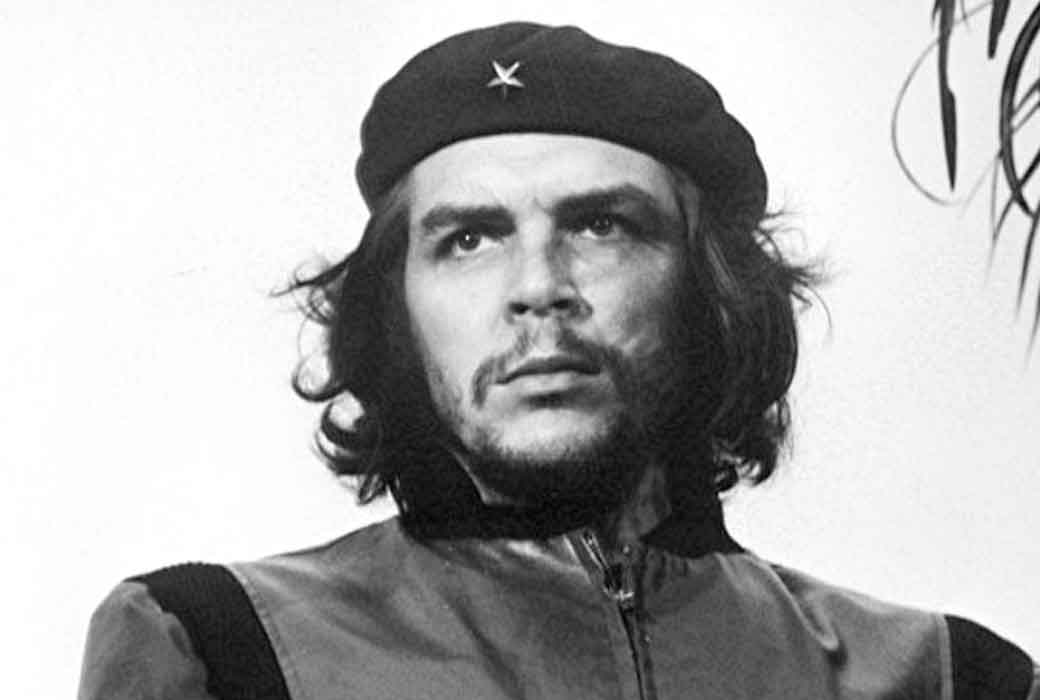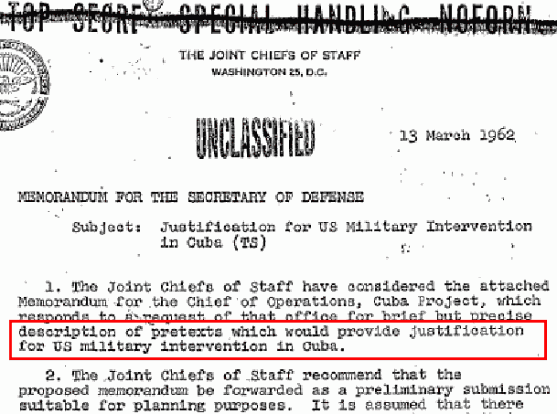Che Guevara, a prominent figure of the Cuban Revolution, continues to be an enduring symbol of rebellion and revolution. His iconic image is plastered on T-shirts, posters, and walls worldwide, representing a romanticized view of a fearless fighter for justice. However, beneath this idealized image lies a dark side that cannot be overlooked. This article delves into the lesser-known aspects of Che Guevara’s life, shedding light on his fervent adherence to Marxist ideology and his involvement in the torture of certain groups of people.
Marxist Ideology
Che Guevara was an ardent follower of Marxist ideology, passionately believing in the establishment of a communist society. He advocated for a radical transformation of societies through armed struggle, promoting guerrilla warfare as a means to overthrow capitalism. While his ideology might have resonated with those disillusioned by the prevailing socio-economic conditions, Guevara’s approach often led to violence and bloodshed.
Torture and Executions
One of the most disturbing aspects of Che Guevara’s legacy is his involvement in the torture and execution of individuals deemed enemies of the revolution. As the head of La Cabaña prison in Havana following the Cuban Revolution, Guevara oversaw summary trials and executions of thousands of individuals, many of whom were considered political dissidents or opponents of the regime.
Guevara’s approach to justice was ruthless, with little regard for due process or human rights. He famously declared, “To send men to the firing squad, judicial proof is unnecessary. These procedures are an archaic bourgeois detail.” This dismissal of basic legal principles resulted in the execution of numerous individuals without fair trials, leading to widespread fear and suppression of dissent.
Targeting Certain Groups
Guevara’s ruthless methods extended beyond political dissidents. His actions also targeted specific groups, such as homosexuals, religious minorities, and Afro-Cubans (Blacks), among others. Guevara held homophobic views, considering homosexuality a bourgeois decadence that needed to be eradicated. This led to the persecution and imprisonment of countless individuals based solely on their sexual orientation.
Similarly, Guevara’s disdain for religion translated into the persecution of religious minorities, particularly targeting the Catholic Church. Churches were confiscated, clergy members were marginalized, and religious practices were heavily restricted under Guevara’s influence.
Legacy and Controversy
Despite his dark legacy, Che Guevara remains an iconic figure and a symbol of rebellion for many. His likeness is still celebrated as a symbol of anti-imperialism and resistance in various parts of the world. However, it is crucial to critically examine historical figures, acknowledging their positive contributions while not shying away from their darker aspects.
Final Thoughts
Che Guevara’s Marxist ideology and his involvement in the torture and execution of individuals considered enemies of the revolution paint a chilling picture of a man who embraced violence and disregarded human rights in the pursuit of his vision. While some may continue to revere him as a symbol of revolution and justice, it is crucial to confront the darker aspects of his legacy. The shadow cast by Guevara’s ruthless methods serves as a stark reminder of the potential dangers lurking within ideologies driven by absolute conviction. As history unfolds, it is imperative that we approach the study of historical figures with a critical eye, acknowledging their flaws and atrocities alongside their contributions. Only then can we strive for a more comprehensive understanding of the complex tapestry of human history and guard against the repetition of the darkest chapters.




